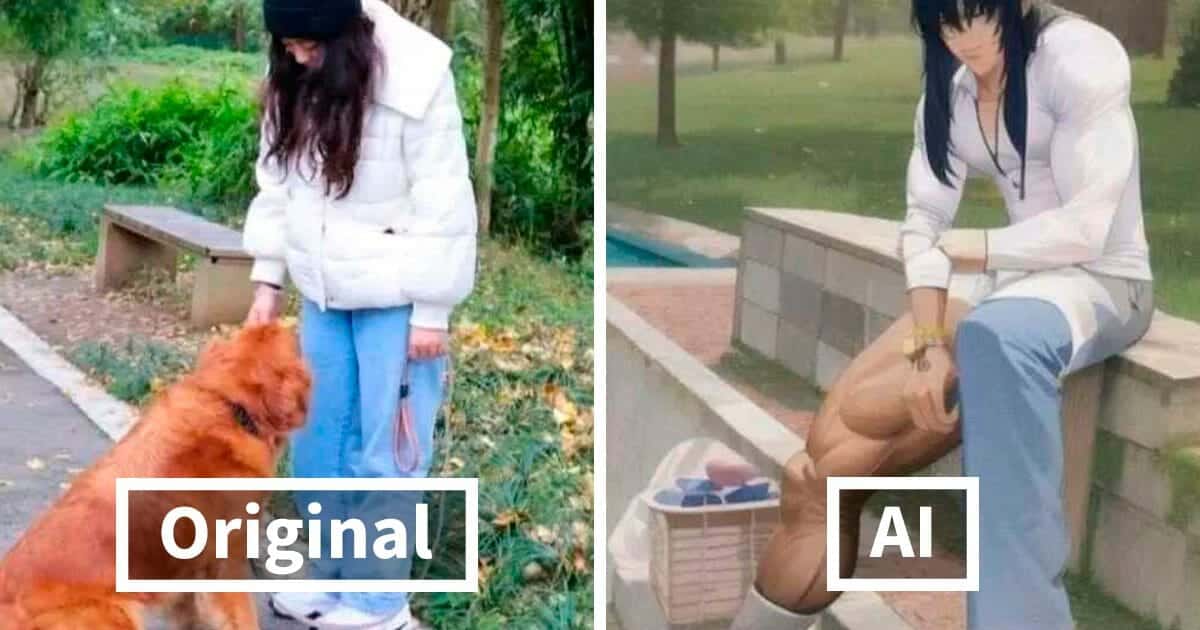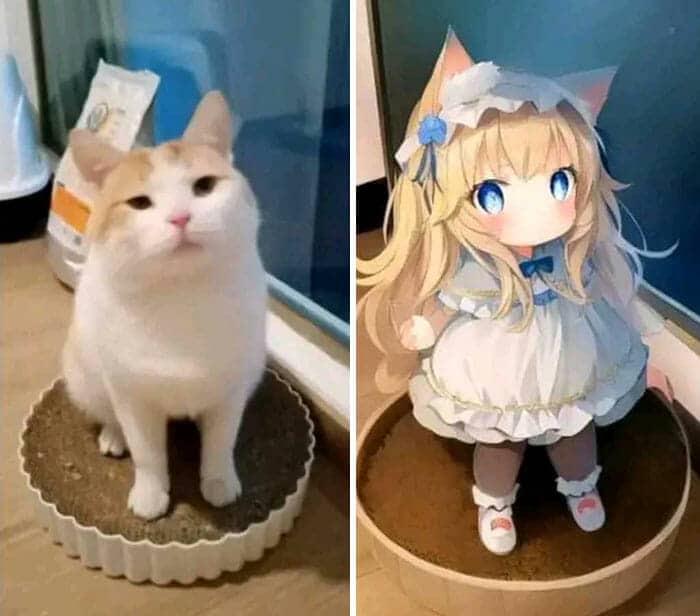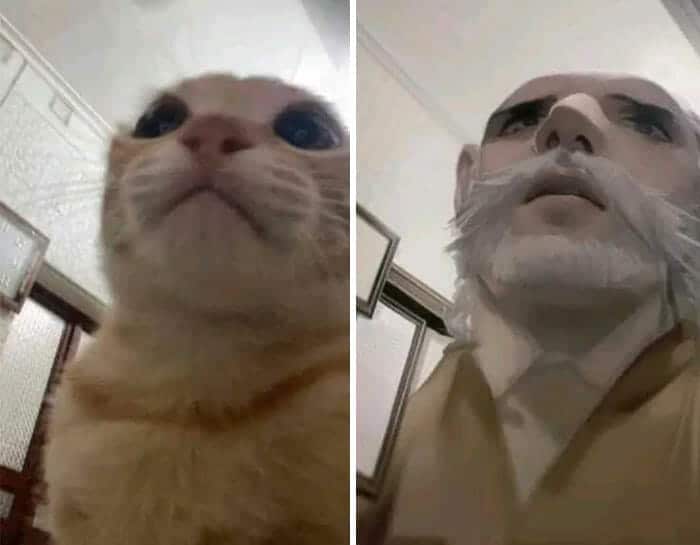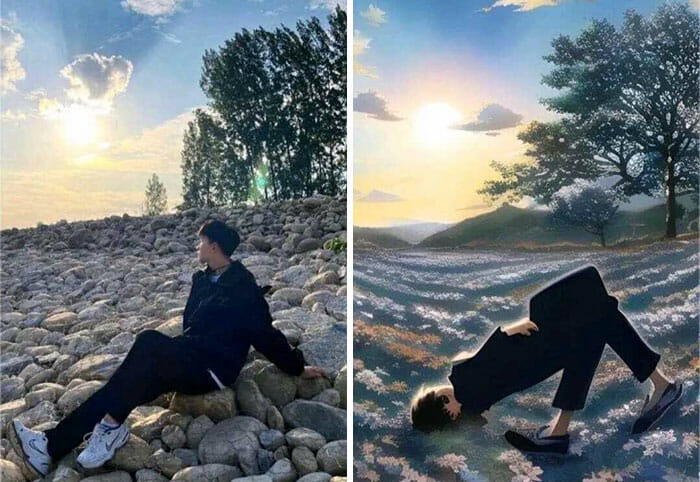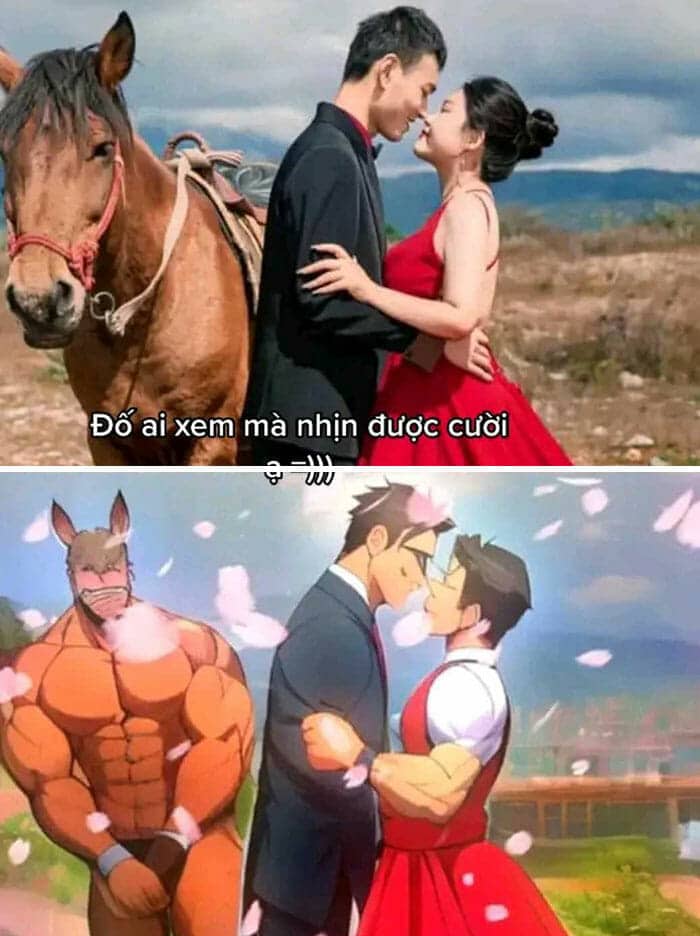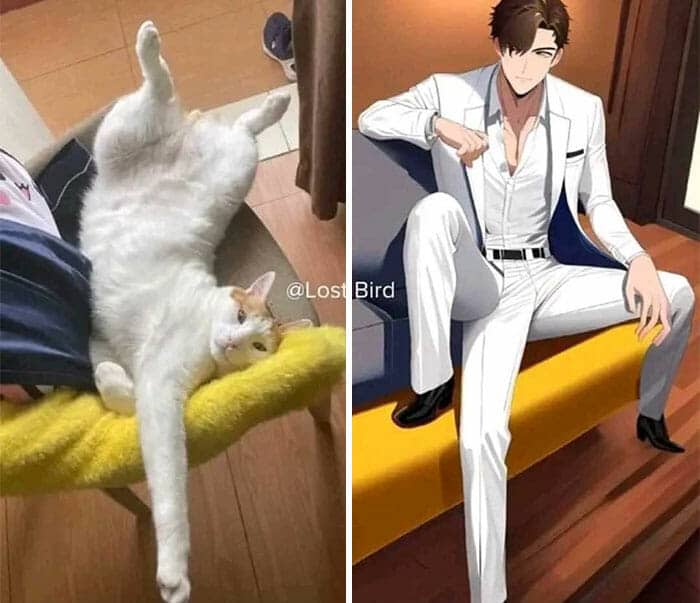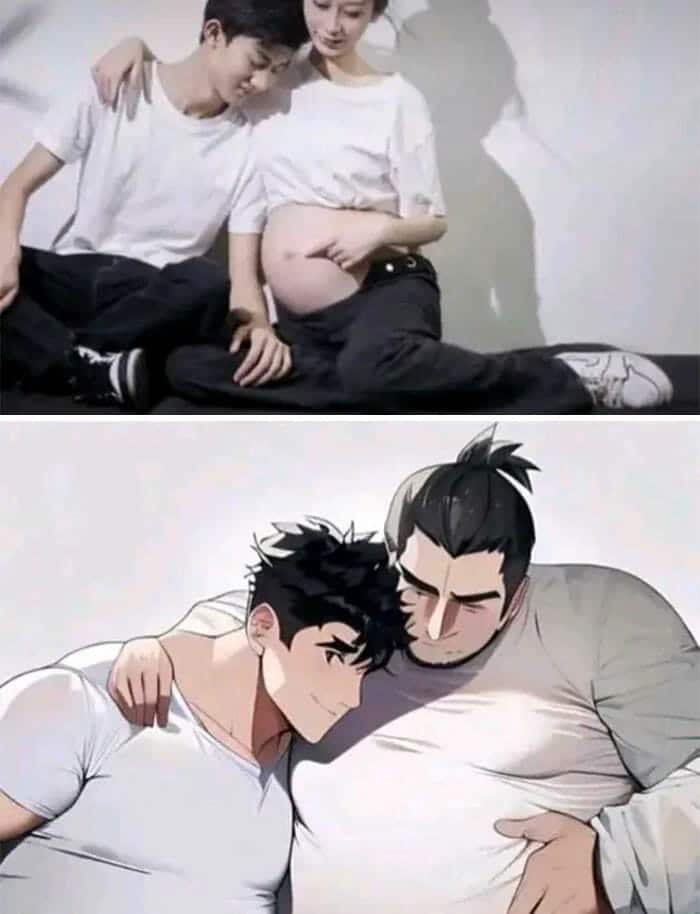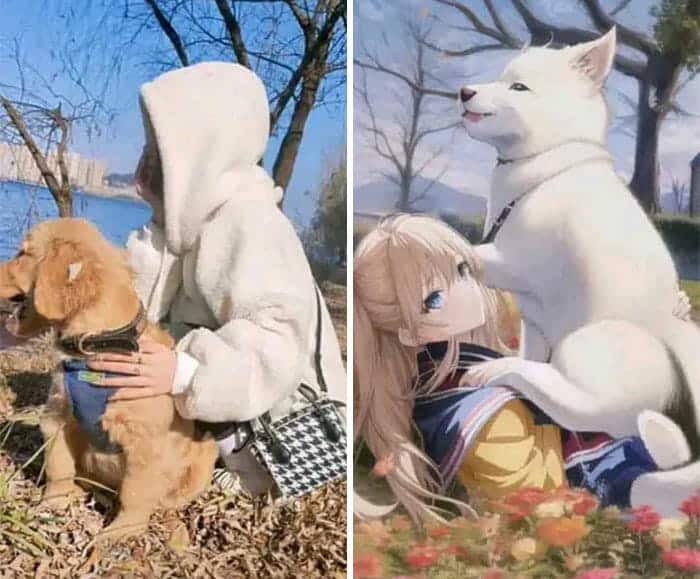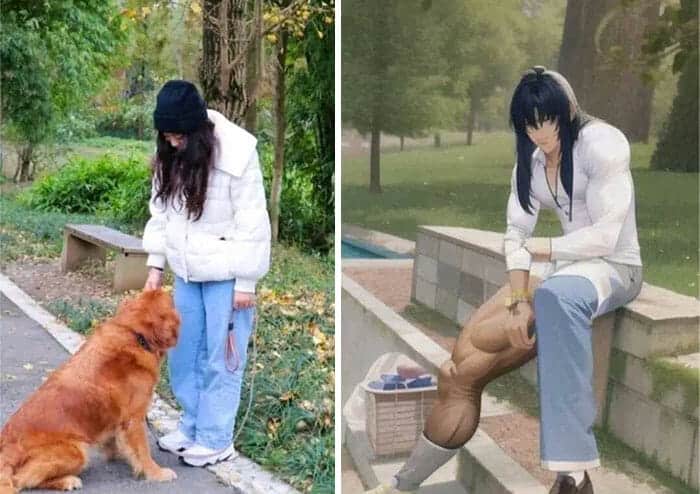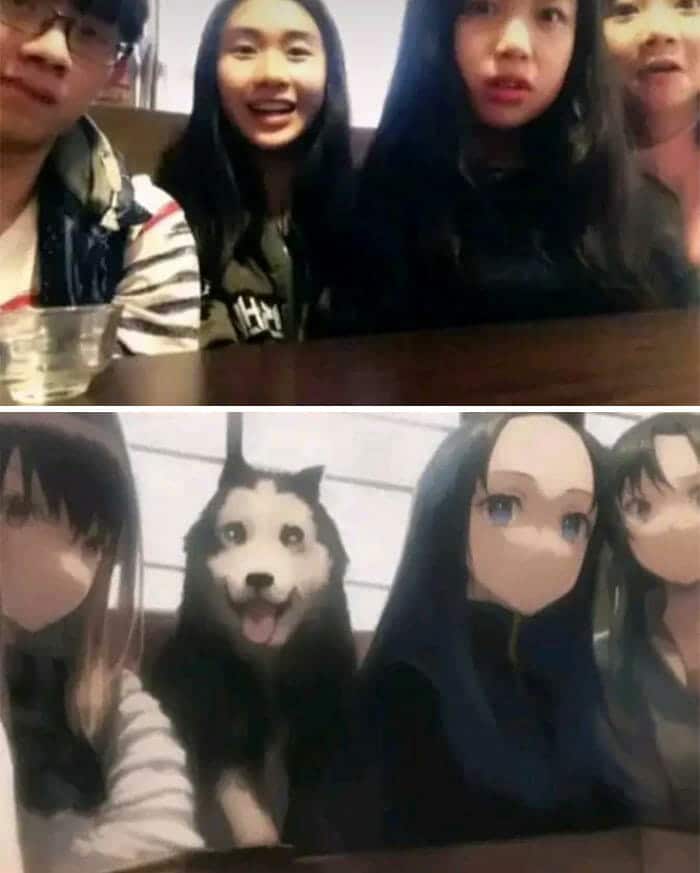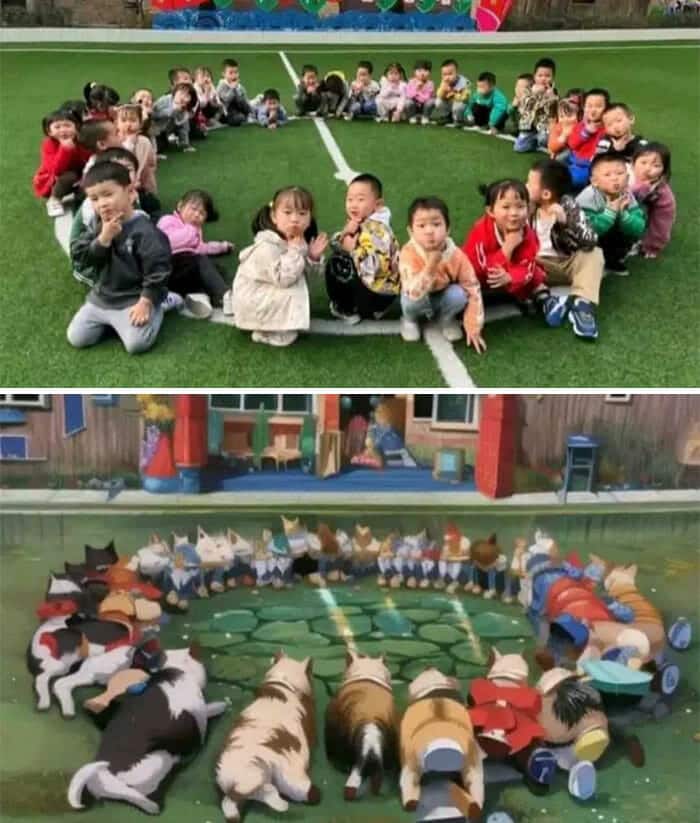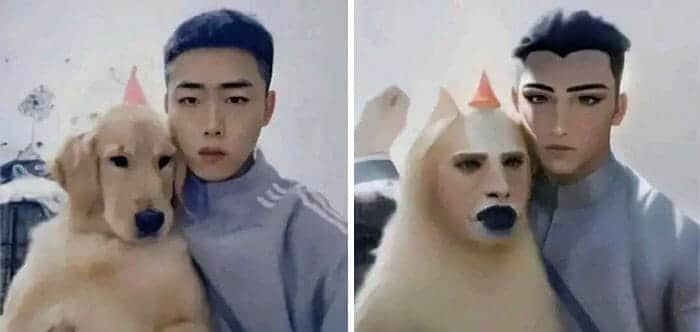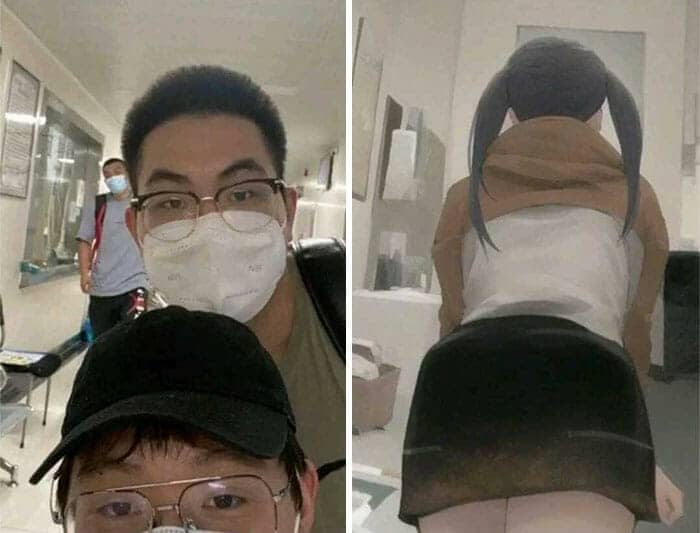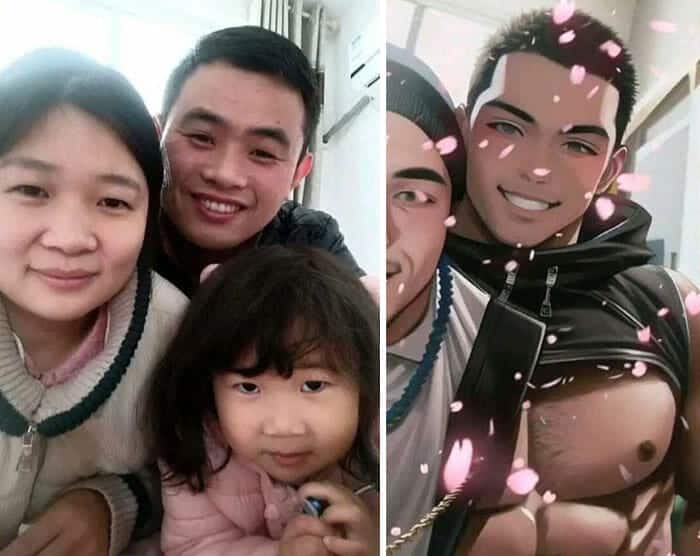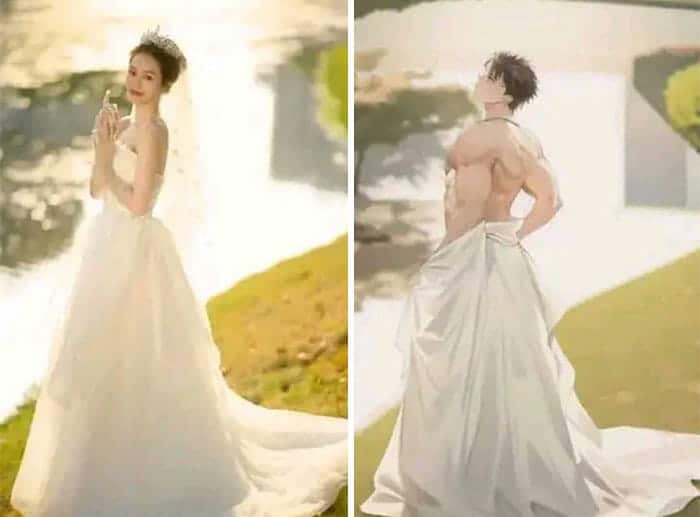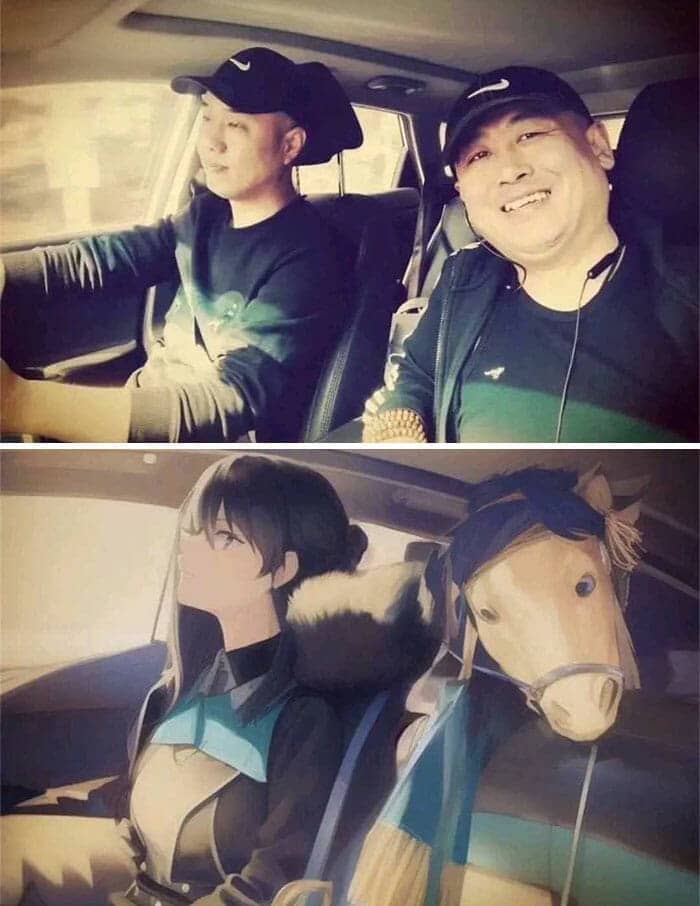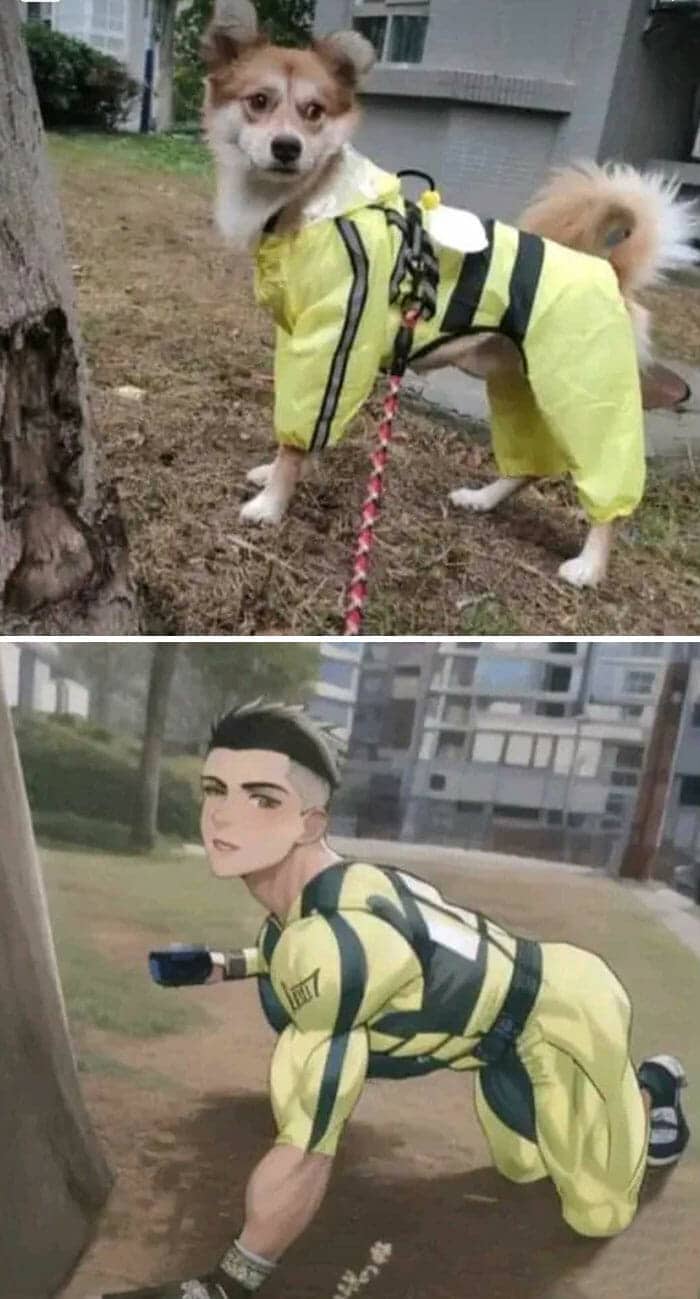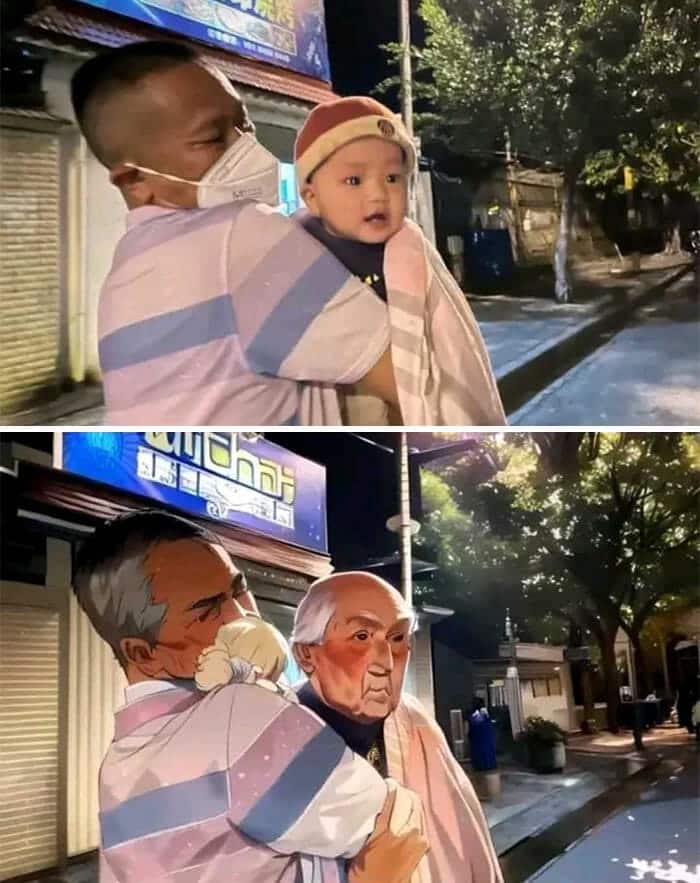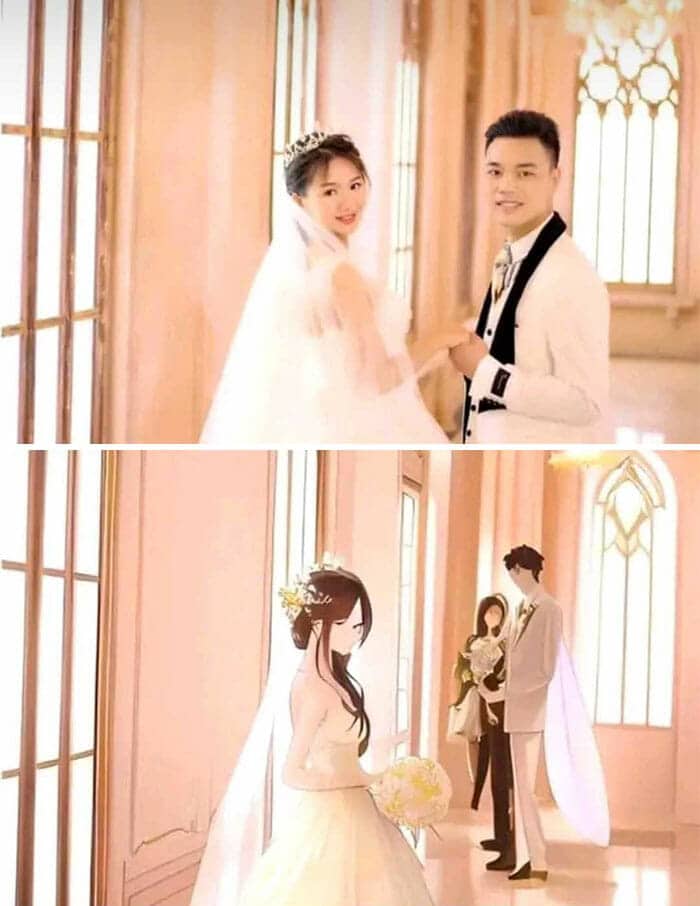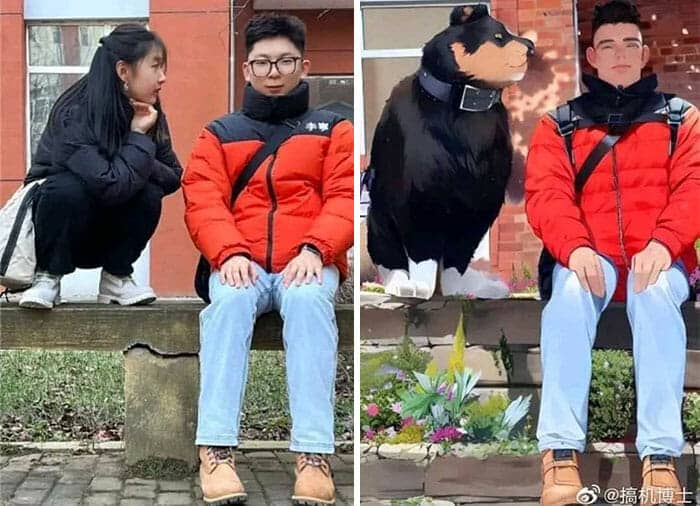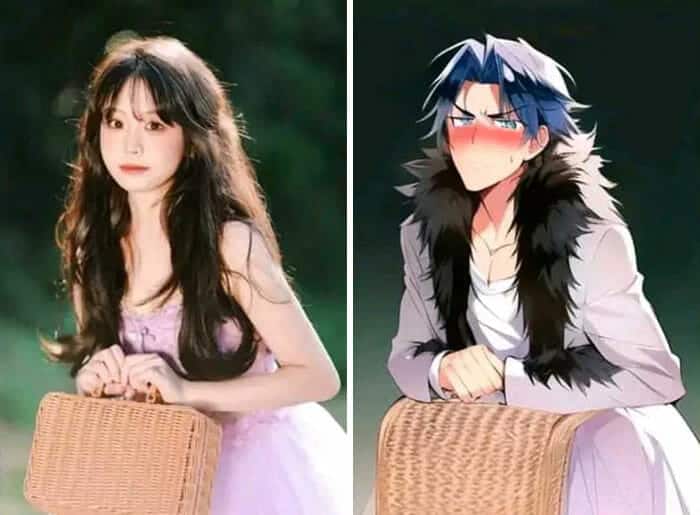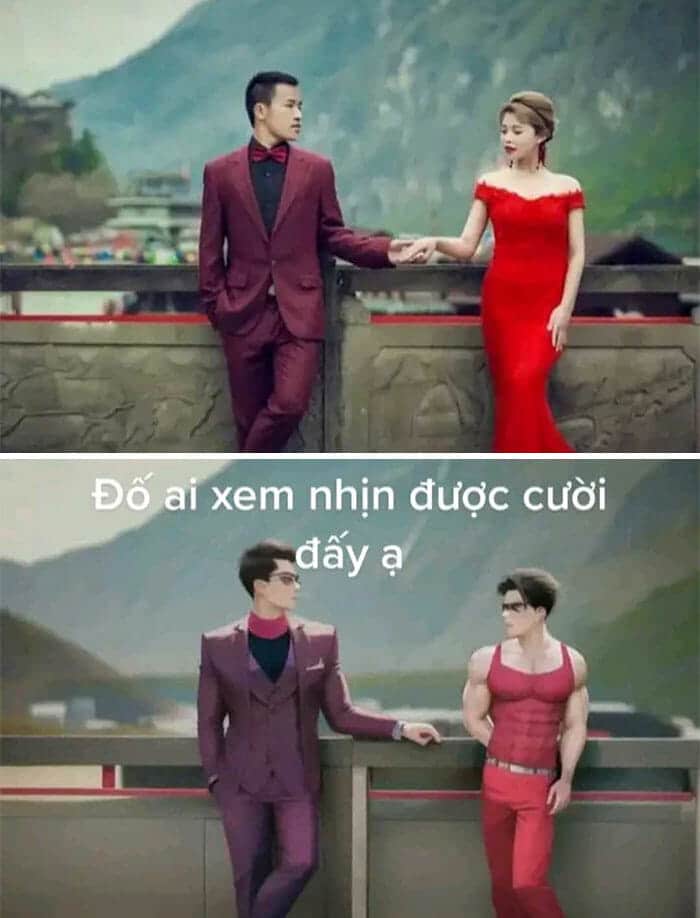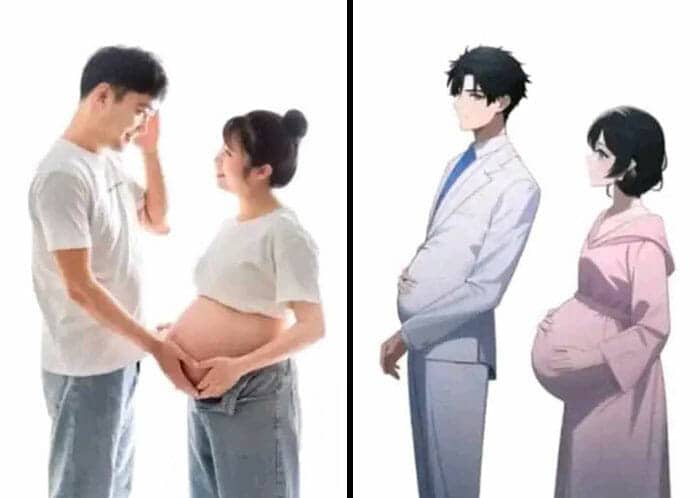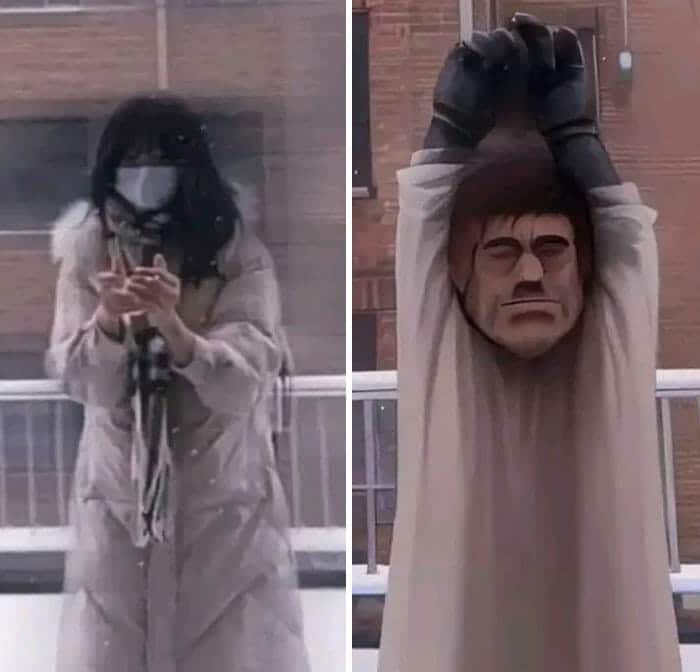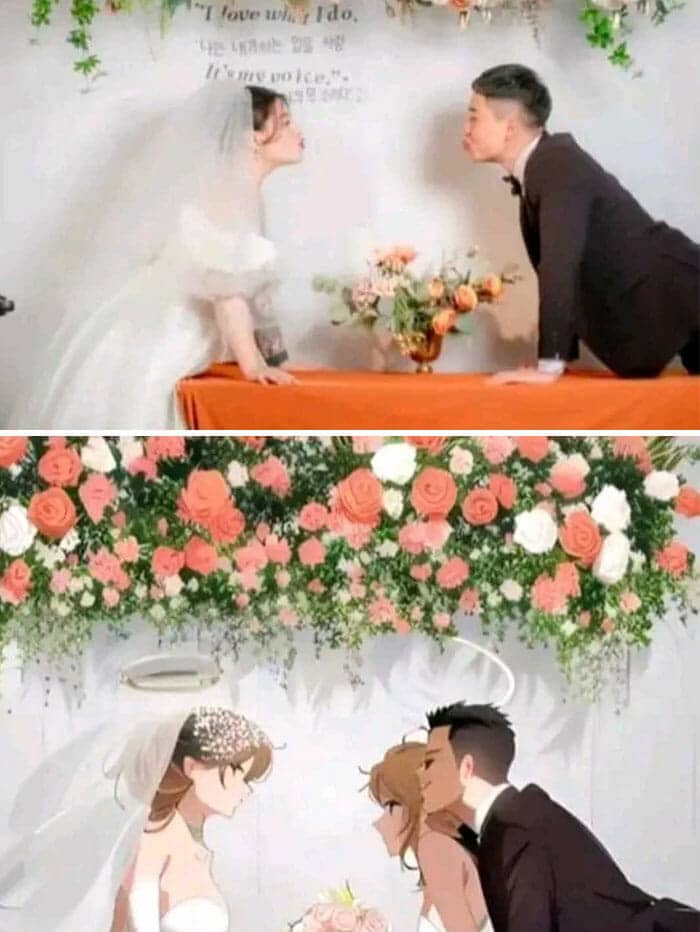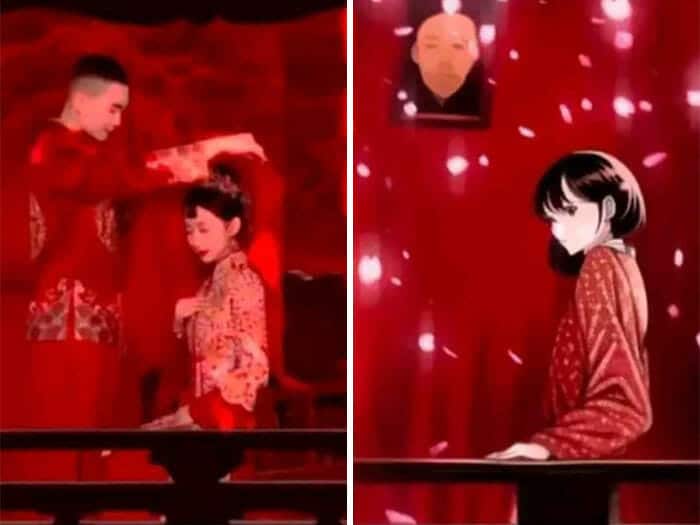Artificial intelligence-based technology is getting better and better every day. In some Japanese classrooms, robots teach English, and companies like Tesla and Amazon have robots working in their warehouses. Sophia is one of the best-known robots in the world. She has even been interviewed by CNBC, which shows how well she can talk. But if you’re worried about robots taking over the world, you shouldn’t be. There’s no reason to worry about this happening. A lot of them can’t even figure out what’s going on in a picture.
Here are some examples of the worst things that have happened when artificial intelligence technology has been used to try to turn photos into works of art. A lot of these AIs have a long way to go before they can start making works of art. This is clear from the fact that they often mix up humans and animals and put people in situations where they don’t belong. Keep reading and you’ll also find an interview with the artist Agnieszka Pilat. In it, you’ll get to know her thoughts on how recent technological changes have changed the way she works.
Make sure to give a thumbs up to the photos you think are the funniest, and then tell us in the comments what you think about how popular AI art is getting.
Recently, it has become popular to post art on Instagram that was made by artificial intelligence. We’ve mostly seen portraits of friends and family in funny settings and with cartoon faces, but not all artificial intelligence is good enough to capture a photo’s true essence. Several programs have become very popular because they can make art on the spot after the user types in a few buzzwords or instructions. However, not all of these technologies are the same. It’s clear that whatever software was used to make the pictures on this list could use some work.
A source reached out to painter Agnieszka Pilat to find out more about how AI can affect artists’ lives and what role it can play in the creative process. Most people don’t know much about artificial intelligence, but it’s an interesting topic. Agnieszka says that machines are her subject, and she has used robots in her work before, so it will be interesting to know more about how she comes up with her ideas.
When the source first asked Agnieszka what she thought about AI being used to make art, she started by quoting Marshall McLuhan, a media theorist. After that, we asked Agnieszka what she thought.
We drive into the future using only our rear view mirror.
The controversy surrounding AI using training data from human artists to create art stems from the fact that we can’t see the future forms of art yet,
Agnieszka explained.
Yes, it feels outrageous and violating to discover that machine learning algorithms use man-made art to make images, but these images reflect the past. As artists, we will use these new tools to make original, entirely new forms of art. AI can’t do that – it is simulating the past, not the future.
Agnieszka also discussed more about her unique way of making art.
In my artistic practice, I use robots including Boston Dynamic’s Spot and Agility Robotic’s Digit, which use AI to solve spatial problems and do so by making certain decisions without my intervention,
she said.
I am proud to say that art created with my robots is original and not trained on datasets from other artists due to the fact that these industrial robots aren’t made to create art,
Agnieszka added.
The paradox that robot made art is original, unique and not mass produced in contrast to the natural function of the machine (un-original, repetitive and mass produced) is crucial to my concepts.
Agnieszka was also asked if she thought there were any myths about AI that should be busted.
I think there are misconceptions surrounding the historical timeline of AI,
she shared.
Contrary to popular belief, AI art is not a new phenomenon. Artists and engineers have experimented with it since the 70s. For example, Harold Cohen created AARON – a language that created the first generation of computer-generated art. Using AARON, Cohen produced thousands of drawings at many different scales, from letter-sized paper to massive murals. This included drawings eventually exhibited at the San Francisco Museum of Modern Art.
The source asked Agnieszka if she would be willing to give tips to artists who want to try out AI in their next projects.
The word ‘experimenting’ is key!
she said.
“Because the tools that allow artists to use AI change so fast, no one truly is an expert in the field. Therefore, my suggestion is to have an open mind and play with tools that feel right and appealing to you. There are no standards that have emerged yet, so this is a very exciting time to jump into the field. However, unlike the AI algorithm, don’t copy – make it yours and make it original. Don’t feel pressured to follow a trend and focus on making great work to start your own trend.
Agnieszka also said that it makes sense for artists to lead the discussion on the ethics of AI, and she said that this is something that should be done.
Marshall McLuhan wrote, ‘I think of art, at its most significant, as a DEW line, a Distant Early Warning system that can always be relied on to tell the old culture what is beginning to happen to it.’ The flood of avatars from Lensa this past month brought to the forefront of the public forum what otherwise would perhaps have gone unnoticed.
Go to Agnieszka’s website right now to see more of her amazing paintings and learn more about how she uses robots in her work.
We hope that reading this article has calmed any worries you may have had about the rise of artificial intelligence as a world power. That doesn’t look like it’s going to happen, at least not soon, and probably not even soon. Keep scrolling through the photos you found funny, and let us know what you think about AI being used to make art in the comments section below. Do you think it’s something we should all support, or does the idea of it being put into place make you worry about the future of human artists?


